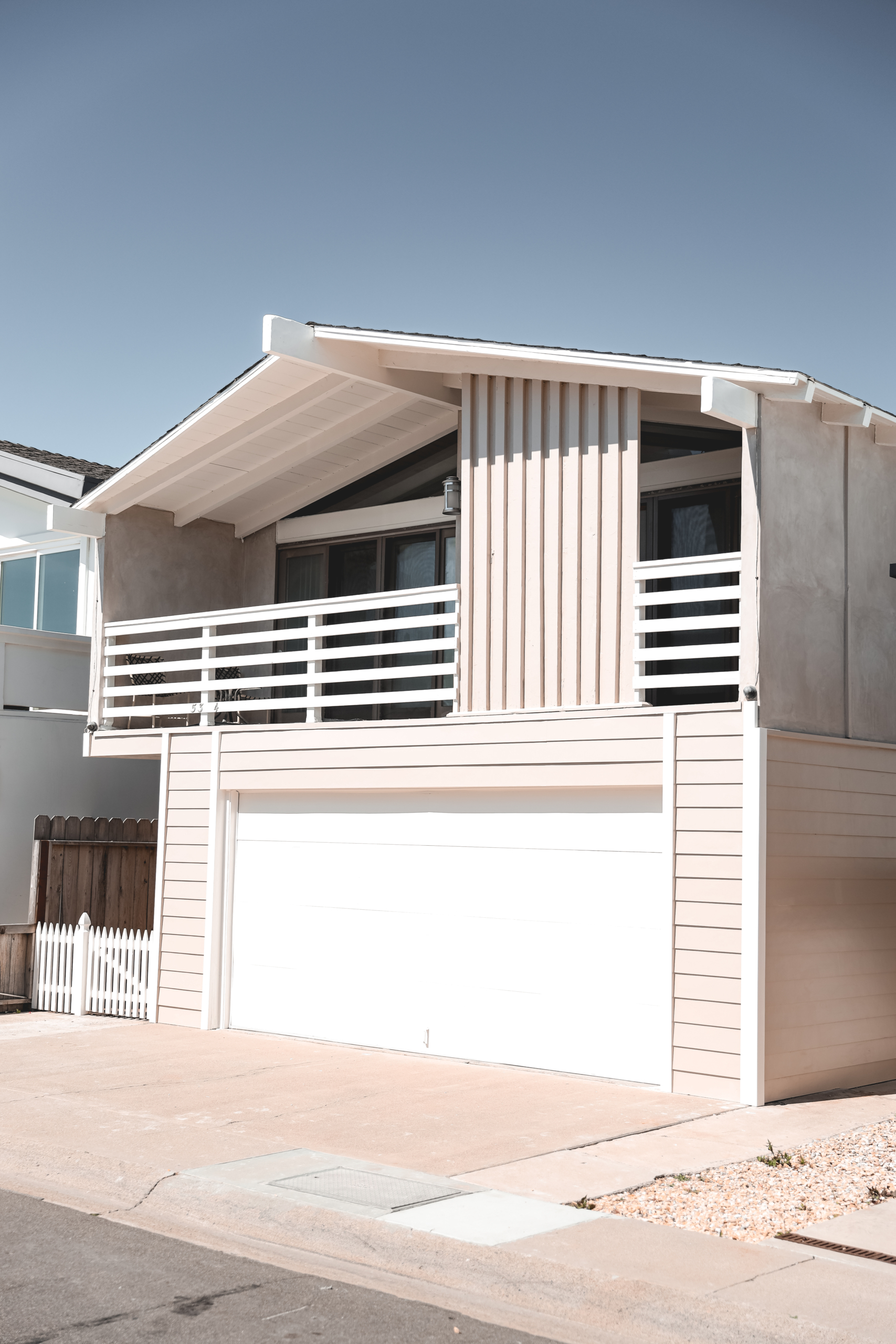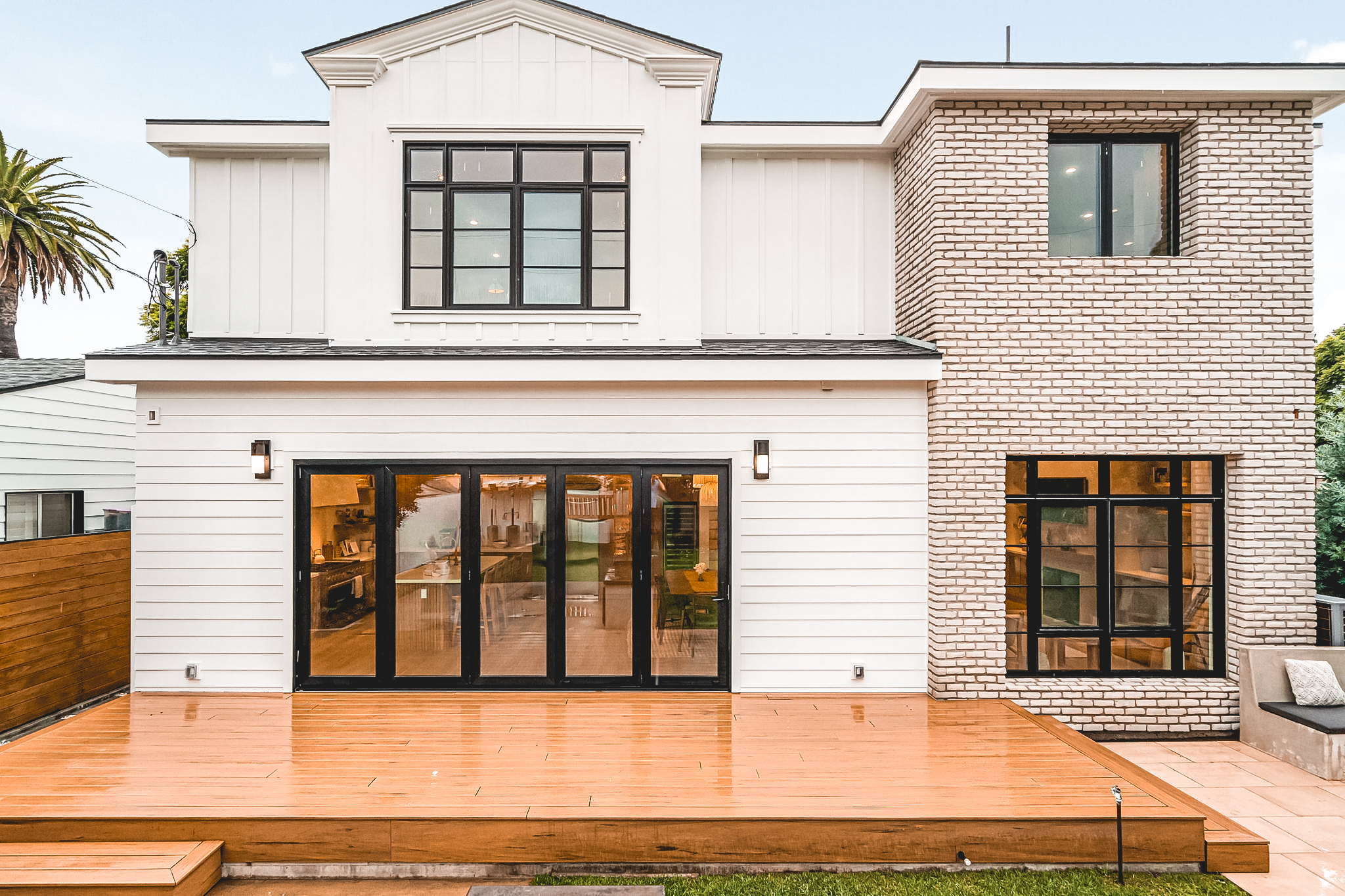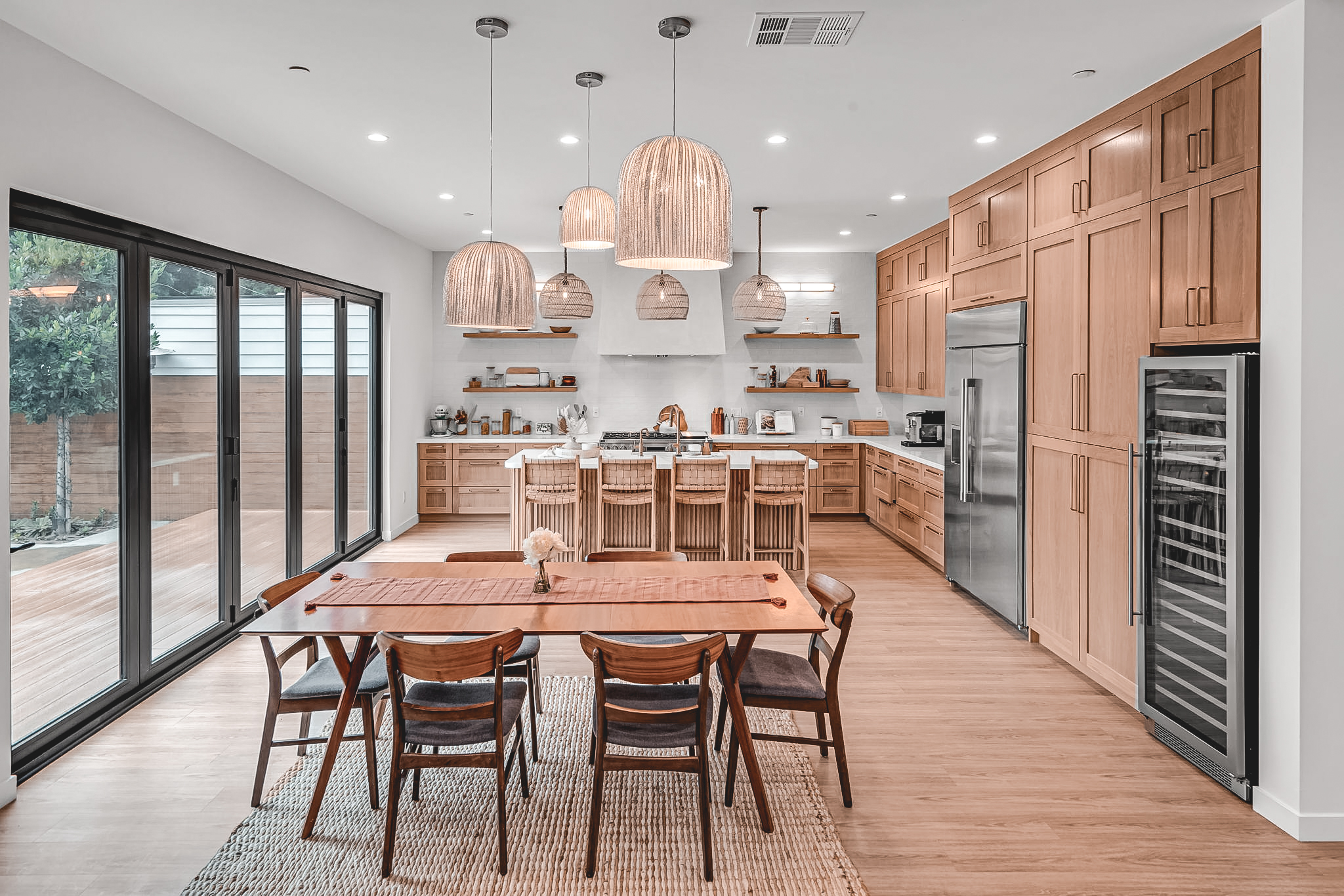Modular homes are transforming the housing industry by offering an innovative approach to home construction. Unlike traditional homes, modular homes are built in sections in a factory setting, ensuring high quality and precision. These sections, or modules, are then transported to the building site and assembled into a complete home. This method not only saves time but also reduces costs, making modular homes an attractive option for many potential homeowners.
What Are Modular Homes?
Modular homes, also known as prefabricated homes, are constructed in a controlled factory environment using the same materials as traditional site-built homes. Each module is built to meet or exceed local building codes, ensuring that the finished product is durable and safe. Once the modules are completed, they are transported to the building site, where they are assembled on a permanent foundation.
The Process of Building Modular Homes
- Design and Planning: The first step in building a modular home is designing the layout and selecting the finishes. Homebuyers can choose from a variety of floor plans and customize their home to suit their needs and preferences.
- Factory Construction: Once the design is finalized, construction begins in a factory setting. This controlled environment protects the building materials from weather-related damage and allows for a more efficient construction process.
- Transportation and Assembly: After the modules are built, they are transported to the building site. A crane is used to place the modules on the foundation, and the sections are joined together to create a seamless structure.
- Finishing Touches: Finally, contractors complete the finishing touches, such as installing plumbing, electrical systems, and interior finishes. The result is a high-quality, energy-efficient home that is ready for occupancy in a fraction of the time it takes to build a traditional home.
Benefits of Modular Homes
- Cost-Effectiveness: One of the most significant benefits of modular homes is their cost-effectiveness. Factory construction reduces labor costs and material waste, resulting in lower overall costs. According to the National Association of Home Builders, modular homes can cost up to 20% less per square foot than traditional homes.
- Efficiency: Modular homes are built faster than traditional homes. While site-built homes can take several months to complete, modular homes can be constructed and assembled in a matter of weeks. This efficiency is due to the streamlined factory process and the ability to work on multiple modules simultaneously.
- Quality Control: Building in a factory setting allows for greater quality control. Each module is built to precise specifications, ensuring that every aspect of the home meets high standards. Additionally, factory workers are experienced and skilled in modular construction, further enhancing the quality of the finished product.
- Sustainability: Modular homes are often more environmentally friendly than traditional homes. The factory construction process generates less waste, and many modular home manufacturers use sustainable building materials. Additionally, modular homes are typically more energy-efficient, leading to lower utility bills and a smaller carbon footprint.
- Customization: Contrary to popular belief, modular homes offer a high degree of customization. Homebuyers can choose from a variety of floor plans, finishes, and features to create a home that meets their specific needs and preferences. This flexibility makes modular homes a versatile option for a wide range of buyers.
Why Modular Homes Are Ideal for California
- Seismic Safety: California is known for its seismic activity, and modular homes are designed to meet strict building codes that ensure they can withstand earthquakes. The factory construction process allows for precise engineering, resulting in a structurally sound home that offers increased safety for residents.
- Wildfire Resistance: In addition to seismic safety, modular homes can be built with fire-resistant materials, making them a suitable option for areas prone to wildfires. This added layer of protection provides peace of mind for homeowners in fire-prone regions.
- Affordable Housing: California faces a significant affordable housing crisis, and modular homes offer a viable solution. The lower construction costs and faster build times make modular homes an affordable option for many families, helping to address the state’s housing shortage.
- Eco-Friendly Living: With a growing emphasis on sustainability, modular homes align with California’s environmental goals. Their energy-efficient designs and use of sustainable materials contribute to a greener lifestyle, which is increasingly important to many Californians.
Common Misconceptions About Modular Homes
- Lack of Quality: Some people believe that modular homes are of lower quality than traditional homes. However, this is a misconception. Modular homes are built to meet or exceed local building codes and often undergo rigorous inspections to ensure they meet high standards.
- Limited Design Options: Another common misconception is that modular homes have limited design options. In reality, modular homes offer a wide range of customization options, allowing buyers to create a home that reflects their personal style and needs.
- Resale Value: Some people worry that modular homes have a lower resale value compared to traditional homes. However, modular homes that are well-maintained and built to high standards can appreciate in value similarly to site-built homes.
- Temporary Structures: There is a misconception that modular homes are temporary or not as durable as traditional homes. In fact, modular homes are built to last and can be just as durable, if not more so, than site-built homes. They are designed to be permanent structures and can withstand various weather conditions.
Case Studies: Modular Homes in California
- Eco-Friendly Community in Los Angeles: In Los Angeles, a developer created an eco-friendly modular home community that offers affordable and sustainable housing options. The homes are built using recycled materials and are designed to be energy-efficient, reducing the overall carbon footprint of the community.
- Affordable Housing in San Francisco: In San Francisco, a modular housing project was developed to address the city’s affordable housing crisis. The project includes a mix of single-family homes and multi-unit buildings, providing housing for low-income families and individuals.
- Luxury Modular Homes in Napa Valley: In Napa Valley, a developer built luxury modular homes that offer high-end finishes and modern amenities. These homes demonstrate that modular construction can be used to create upscale residences that meet the demands of discerning buyers.
Modular homes offer a range of benefits, from cost-effectiveness and efficiency to quality control and sustainability. They provide an innovative solution to many of the challenges facing the housing industry today, particularly in California. With their ability to meet strict building codes, offer customization options, and provide affordable housing solutions, modular homes are an excellent choice for many potential homeowners. Whether you are looking for an eco-friendly home, a luxury residence, or an affordable housing option, modular homes can meet your needs while offering the additional benefits of speed and quality. As the demand for sustainable and affordable housing continues to grow, modular homes are poised to play a significant role in the future of home construction.


